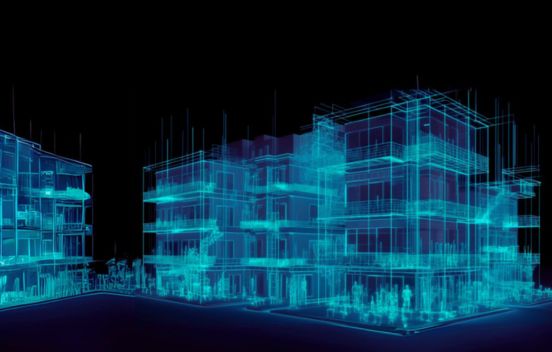THIS ARTICLE AT A GLANCE
CONTACT ETS
If you have any questions or would like to discuss further what you should be doing, ETS is here and willing to help.
Call 0117 205 0542
Email enquiries@energy-ts.com
Submit a contact form
CHECK OUR SERVICES
Understanding Net Zero Emissions and Your Starting Point

Net zero, a term gaining significant attention over recent years, represents a critical goal for organizations seeking to reduce their carbon footprint. But where do you start on the journey towards achieving Net Zero? In this blog post, we’ll explore the crucial step of measuring emissions and discuss the value of energy assessments and audits as part of your Net Zero strategy.
To embark on a successful net zero journey, it’s vital to first understand your organization’s current emissions. By measuring and quantifying your carbon footprint, you gain valuable insights into the areas where emissions are generated and can develop targeted strategies for reduction. This measurement process involves evaluating emissions from various sources such as energy consumption, transportation, and waste management, therefore, compiling accurate data is essential.
energy assessments and audits
One effective method for assessing energy usage and identifying emission sources is through energy assessments and audits. These assessments are conducted by knowledgeable professionals who specialize in evaluating energy efficiency and sustainability. Their expertise can help businesses understand their energy consumption patterns, identify inefficiencies, and uncover opportunities for improvement.
During an energy assessment, consultants analyse your energy consumption, systems, and processes, providing a detailed report with recommendations for energy-saving initiatives. This includes suggestions for implementing renewable energy sources, optimizing energy usage, and improving overall efficiency. Energy audits can also identify potential energy-saving upgrades and retrofitting opportunities.
Smart Net Zero strategies
Once you have a clear understanding of your emissions and energy consumption patterns through assessments and audits, you can start working on developing Smart Net Zero strategies. These strategies involve setting specific targets for emission reduction, implementing energy-saving initiatives, adopting renewable energy sources, and continually monitoring progress.
Achieving net zero is a critical milestone in creating a sustainable future. By starting with emissions measurement through energy assessments, accurate data review and audits, organizations can gain invaluable insights into their energy consumption and carbon footprint. With the guidance of energy consultants, businesses can develop comprehensive net zero strategies that align with their goals, reduce environmental impact, and demonstrate their commitment to sustainability.
If you’re ready to embark on your net zero journey or explore the possibilities of energy data acquisition assessments and audits, contact us today. Our team of experts is here to guide you toward a more sustainable and energy-efficient future.
Final thoughts
At ETS, we take a data-driven and technological approach to support your Net Zero strategy and reduce energy consumption. With the use of legacy systems and tailored smart solutions, we ensure that your business can become an efficient, sustainable, and profitable for many years.
To discuss your requirements, get in touch. You can contact us by calling 0117 205 0542 or drop us an email at enquiries@energy-ts.com.
























































































